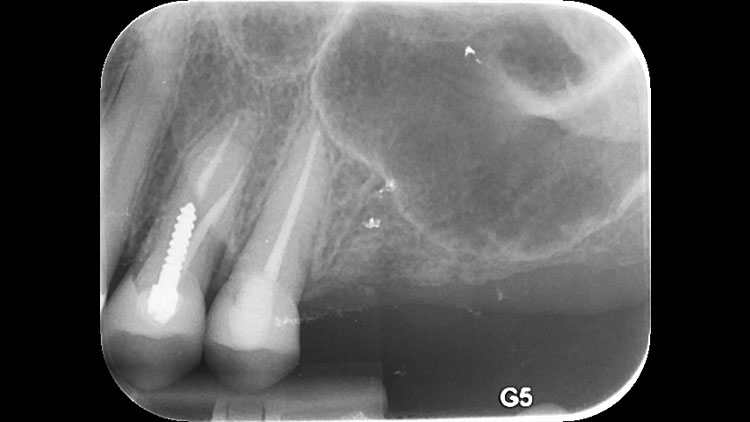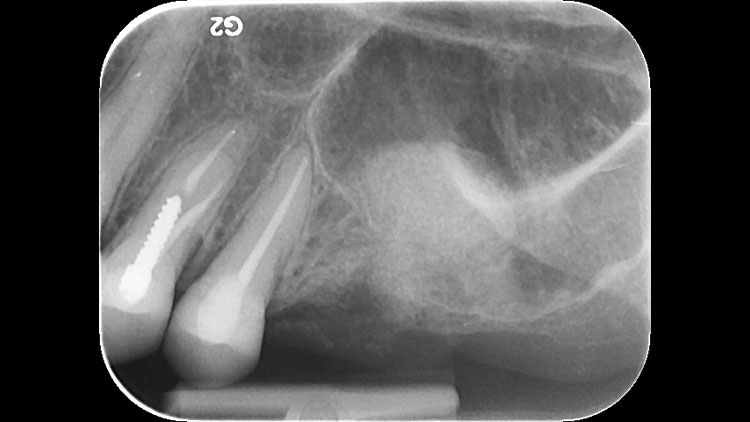As a normal part of the human anatomy, there is an open pocket of space that is located in the upper jaw, just above the back teeth. With normal aging this sinus cavity expands downward, leaving less bone to support an implant in the area of the upper back teeth.
Thickening or “augmenting” the bone in the bottom portion of the sinus is often the best way to make you a candidate for one or more dental implants.
Our desire is to provide you with great periodontal health and a smile that can go the distance. Adjunctive procedures such as ridge and sinus augmentation can help. During your implant consultation, our dentists will be glad to explain more about the augmentation procedure that is right for you.


Purpose
A sinus lift procedure adds supplemental bone material to the rearmost portion of the maxilla (upper jaw), which is also the floor of the patient’s sinus cavity. The bone in that region is thinner than in other areas of the jaw, which can present an obstacle to dental implant placement, especially when further bone atrophy occurs following tooth loss. In order to get the maximum benefits from dental implants, patients must have adequate bone material to fuse with the titanium implant.
Procedure
Our dentists will obtain donor bone, either from elsewhere in the patient’s body or from an external source, and insert it just above the sinus floor. Prior to this, the membrane at the bottom of the sinus cavity will be lifted gently to create room for this additional bone. The bone graft procedure can be performed in our state-of-the-art surgical center, with patients returning home the day of the surgery. Because of the lingering effects of the sedation, you will need to plan to have a responsible adult escort you home after your appointment.
Benefits
A sinus lift can help to make a patient a good candidate for dental implants at the back of the upper jaw, even if their bone material is too thin to support osseointegration. Because the molars found at the back of the maxilla are so large and therefore integral to processing rougher foods, dental implants in this area can be essential to maintaining a patient’s nutritional intake after tooth loss. Additionally, dental implants serve the same function as a biological tooth’s root and anchor the jawbone, preventing further atrophy.
After Your Surgery
Most patients will begin to recuperate within a few days of the procedure, but it is important to take it easy at first so that you do not interfere with the healing process. You may receive prescriptions for anti-inflammatories, pain relievers and antibiotics to prevent infection. Take all medications as directed. You will also need to refrain from exercise for a few days and may need to eat a softer diet for a short time, as well. Our dentists may also give you other post-operative instructions specific to your case, so be sure to follow these closely and do not hesitate to ask questions about any of the directions that you do not understand completely.






































